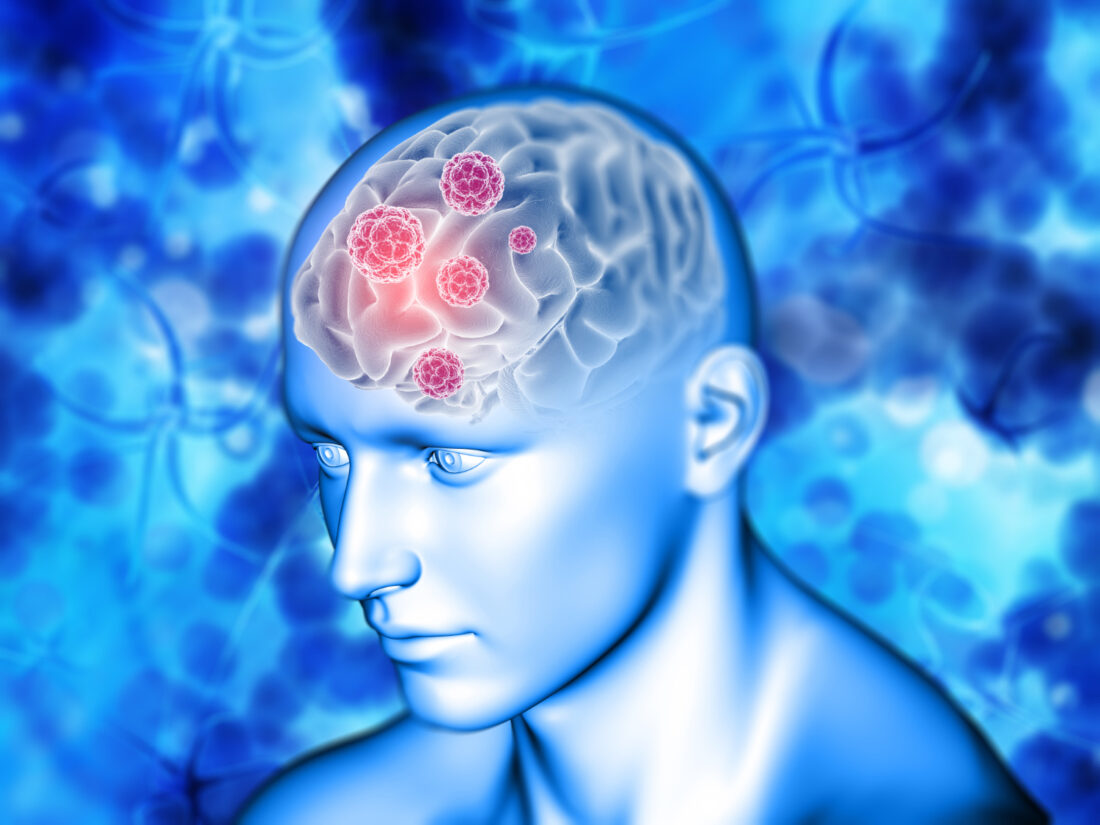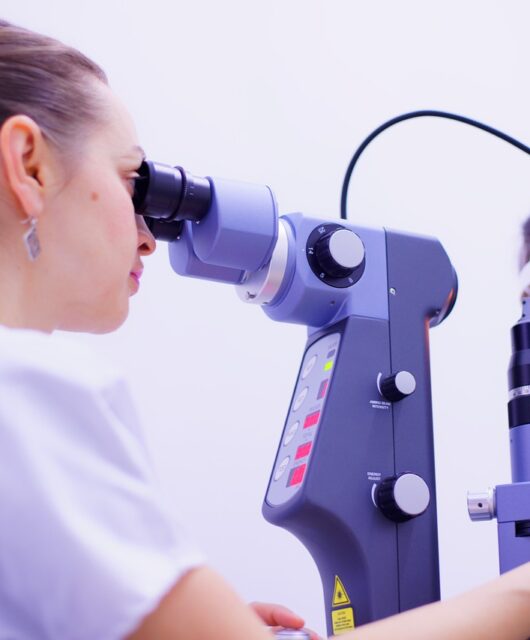Road to Recovery From Traumatic Brain Injuries: Causes, Recovery, and Support

Table of Contents
- Key Takeaways
- What Are Traumatic Brain Injuries?
- The Common Causes of Traumatic Brain Injuries
- Recognizing the Symptoms of a TBI
- The Journey to Recovery
- Support Systems for TBI Patients
- Legal Options for TBI Victims
- Latest Research Advancements in TBI Treatment
- Pediatric TBIs: Special Considerations for Children
- Technological Innovations in TBI Diagnosis and Management
- The Role of Prevention in Reducing TBI Incidences
- Life After a TBI: Moving Forward
Key Takeaways
- Understanding traumatic brain injuries (TBIs) is critical for prevention, treatment, and support.
- The prognosis for TBI patients can be significantly enhanced by early symptom recognition.
- Recovery from a TBI can be a long-term process, requiring specialized care and support networks.
- There are legal avenues available for TBI victims, especially when the injury is due to the negligence of others.
- Ongoing research is essential for advancing TBI treatment and improving patient outcomes.
What Are Traumatic Brain Injuries?
Complex injuries involving a wide range of symptoms and disabilities are traumatic brain injuries (TBIs). The impact on a person’s life can range from minor disruptions to profound lifelong disabilities. When external forces such as a bump, blow, jolt, or penetrating head injury disrupt the normal function of the brain, the consequences can be severe. For many living in the Midwestern city of Nebraska, expert legal guidance from Lincoln TBI lawyers can be pivotal, helping them navigate the complexities associated with TBI-related legal matters and advocating for the necessary resources to aid recovery.
The Common Causes of Traumatic Brain Injuries
Anything from an accidental slip at home to a high-impact collision on the road can lead to a TBI. The leading causes of these injuries vary by age, activity, and environment. Still, they include incidents such as falls – hazardous for the very young or the elderly – and vehicle-related collisions, which are a higher risk for teens and young adults. Furthermore, sports injuries, especially in contact sports like football and hockey, contribute substantially to the number of TBIs each year. Military personnel and veterans are also at risk, with blast injuries from explosions being a leading cause of TBI for service members on active duty.
Recognizing the Symptoms of a TBI
The human brain is remarkably complex, and when it is injured, the symptoms can be equally multifaceted. It’s crucial to be vigilant in recognizing changes in sensory perception, cognitive function, and emotional regulation. It can range from altered taste and sensitivity to light to difficulty with concentration and decision-making to uncharacteristic aggression or depression. Timely and precise diagnosis is crucial, as is timely treatment. It not only provides immediate care for these symptoms but also minimizes long-term impacts, which can extend far into the patient’s future.
The Journey to Recovery
Rehabilitation for TBI patients is just as individualized as the injury itself. The journey to recovery is often one of perseverance and resilience and involves various stages. Initially, medical stabilization is essential, followed by acute rehabilitation, where the patient relearns basic skills. Post-acute rehabilitation then takes over, helping the individual regain more complex skills and return to everyday activities. Throughout this process, therapies focus not only on physical recovery but also on cognitive and emotional rehabilitation, with the ultimate goal of reintegrating the individual into their community as fully as possible. Recent breakthroughs highlighted on platforms are vital in informing these rehabilitation processes.
Support Systems for TBI Patients
Research shows that emotional support and psychosocial support are indispensable for TBI patients. Family and friends often play a critical role in providing encouragement and practical help. In addition, professional support networks, such as therapists and care coordinators, offer essential guidance and assistance. Resources are also available online that provide extensive information on TBI preventive strategies and support for patients and caregivers alike.
Legal Options for TBI Victims
When a TBI results from an accident or another’s negligence, the victim may have legal recourse. It can include claims for medical costs, lost wages, and compensation for the emotional and psychological effects of the injury. Navigating the legal system and understanding one’s rights can be daunting, which is where experienced legal professionals come into play. By securing expert legal counsel, individuals, and their families can focus on recovery with the peace of mind that their legal and financial interests are being represented and protected.
Latest Research Advancements in TBI Treatment
As scientists and medical professionals gain more significant insights into the brain and its responses to injury, the potential for innovative treatment options expands. Unprecedented research is uncovering new rehabilitation techniques, such as using virtual reality for cognitive therapy or exploring how medications can limit secondary damage to brain cells. Staying informed about such developments is crucial for healthcare providers and patients alike, offering hope and potentially more effective treatments for those affected by TBIs.
Pediatric TBIs: Special Considerations for Children
Children experiencing TBIs can face unique challenges as their brains are still developing. It not only affects their physical abilities but can also have a significant impact on their cognitive and social development. Accordingly, their treatment regimens – which can include educational support and specialized therapies – require special consideration to accommodate ongoing development and to integrate them into school and other social settings effectively.
Technological Innovations in TBI Diagnosis and Management
The rise of innovative tech tools has ushered in a new era of possibilities for those dealing with TBIs. Advanced neuroimaging technologies allow for more detailed views of the brain, which can lead to better-individualized treatment plans. Smartphone apps designed for memory aids, telemedicine services that facilitate better patient-doctor communication, and software for cognitive rehabilitation exercises are increasingly becoming part of standard care for individuals recovering from TBIs.
The Role of Prevention in Reducing TBI Incidences
While treatment advances are vital, the most desirable outcome is preventing TBIs from occurring. Proactive strategies include:
- Advocating for safe practices, such as the use of protective headgear during sports.
- Instituting fall prevention programs for older people.
- Rigorously enforcing traffic safety laws.
Increased public awareness and education on TBI risks and prevention can help reduce the incidence and severity of TBIs.
Life After a TBI: Moving Forward
Adapting to life after a TBI is a profound journey that can involve redefining one’s sense of self and changing one’s life goals, picking up new skills, and figuring out new ways to interact with friends, family, and the community. With proper support, innovative treatments, and adaptive strategies, many TBI patients can look forward to a life characterized by growth, resilience, and fulfillment. The recovery narrative is not only one of overcoming but also one of transformation, as individuals find new strengths and perspectives in the wake of their experiences.









